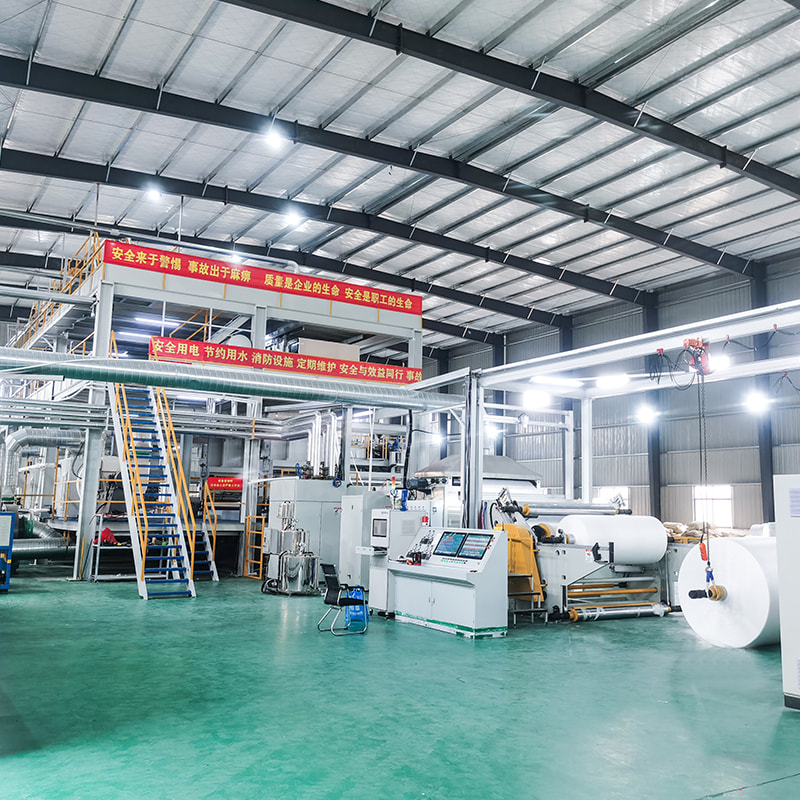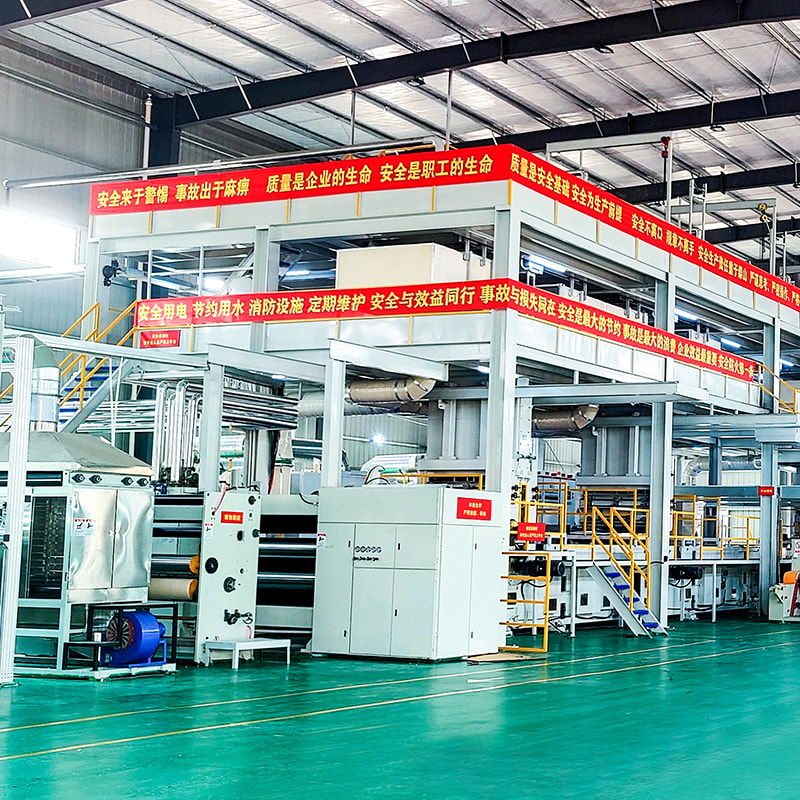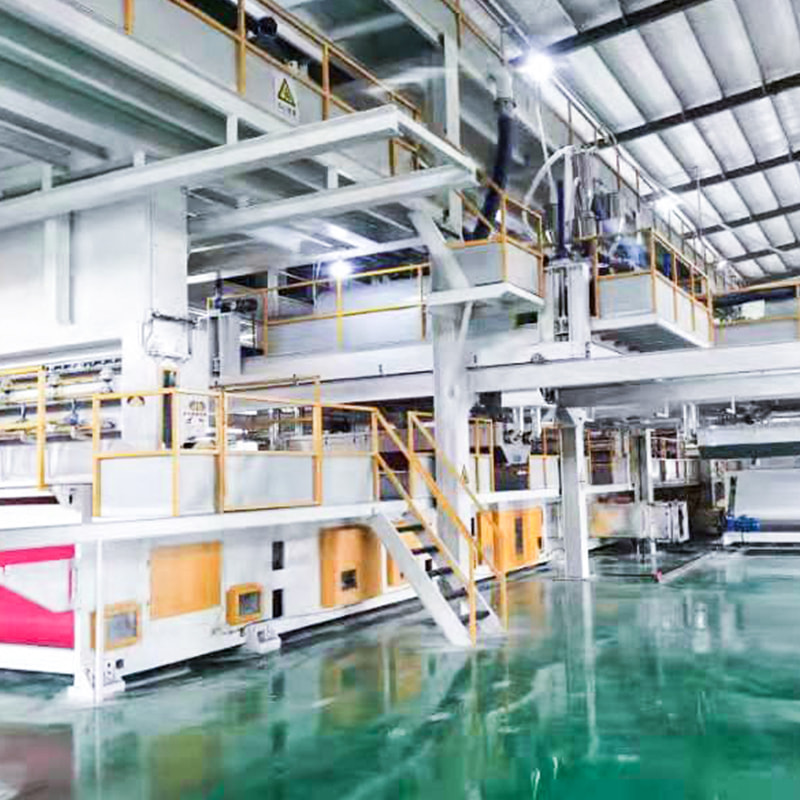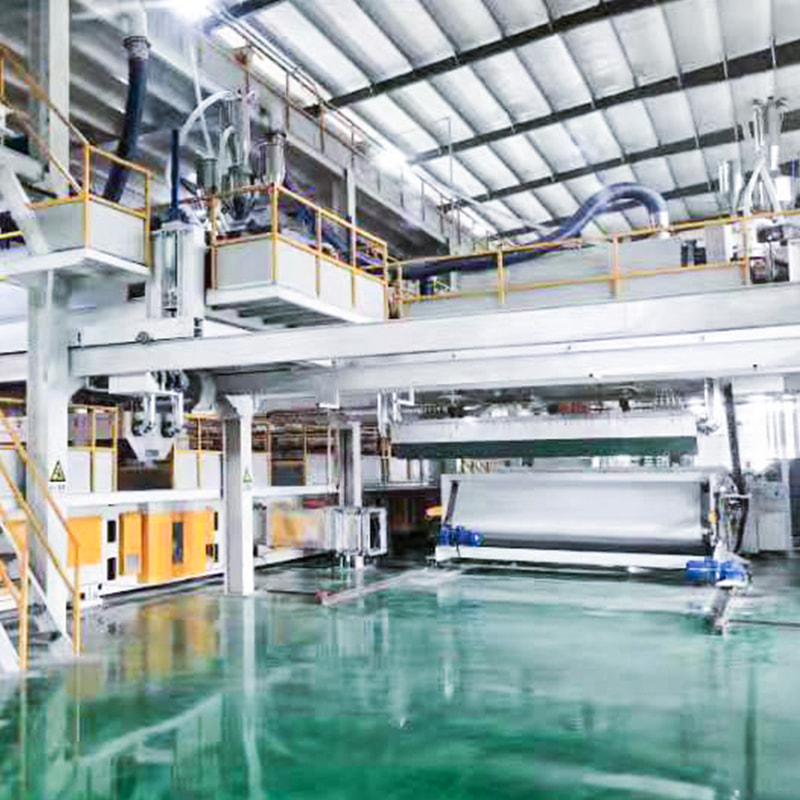Temperature management in a melt blown nonwoven machine is more than just an operational detail—it’s a critical factor in ensuring consistent product quality and maximizing production efficiency. For manufacturers and suppliers, understanding the nuances of temperature control in every phase of production can be the difference between a high-performance output and a compromised product. It starts with the extruder, where the polymer is heated to its melting point, and extends all the way through to the fiber cooling and web collection stages. Precision in temperature settings helps ensure that the fibers are fine, uniform, and able to meet the stringent quality standards required for various applications, from medical filtration to automotive components.
One of the most important aspects to consider is the temperature of the polymer melt as it enters the die. The melt temperature must be carefully controlled to ensure that the polymer remains in the optimal flowable state. If the temperature is too low, the material will be too viscous, making it difficult to achieve the fine fiber required for certain applications. On the other hand, if the melt temperature is too high, the polymer can degrade, leading to reduced tensile strength and a loss of material integrity. Ensuring that the extruder and die heating elements are properly calibrated is crucial for the smooth operation of the melt blown nonwoven machine and for producing a high-quality nonwoven fabric.
Equally important is controlling the temperature of the air used in the fiber formation process. The hot air that passes through the die not only helps to stretch the polymer fibers but also solidifies them as they cool and land on the collector. The temperature of the air has a direct impact on fiber formation—hotter air leads to finer fibers, while cooler air produces thicker fibers. To achieve a high level of control, the melt blown nonwoven machine should be equipped with an advanced air heating and circulation system that can maintain a consistent temperature across the entire production line. This consistency ensures that every fiber is produced with uniformity, preventing variations that could affect the final product’s performance.

The collector’s temperature also plays a pivotal role in determining the final fabric’s properties. As the fibers land on the collector belt or drum, they begin to cool and bond, forming a web. The collector’s temperature must be carefully regulated to ensure that the fibers are neither too rigid nor too soft when they settle. Too high of a temperature could cause the fibers to lose their structure before they are adequately bonded, while too low a temperature may result in a weaker fabric with less uniformity. An optimal collector temperature helps to stabilize the nonwoven fabric as it is formed, ensuring it meets the required strength and integrity for its intended use.
For manufacturers focused on high-quality output, maintaining a balanced temperature throughout the production line is essential. The temperature gradient between different zones of the machine, from the extruder to the collector, must be finely tuned to achieve the desired fiber characteristics. Many modern melt blown nonwoven machines are designed with multi-zone temperature controls, allowing operators to adjust each section of the machine independently. This feature helps to fine-tune the process for different materials and end-use applications, providing greater flexibility and efficiency in production.
Incorporating automation and advanced temperature monitoring systems into the melt blown nonwoven machine further enhances control over the production process. Automated temperature regulation can ensure that any fluctuations are corrected in real-time, minimizing the risk of production errors and material waste. With real-time data monitoring, manufacturers can keep track of temperature trends and make necessary adjustments to maintain optimal conditions. This capability is particularly important for industries where precision and consistency are critical, such as the production of medical-grade masks or filters for the automotive industry.
At the same time, temperature management in the melt blown process can also contribute to energy efficiency. By optimizing heating and cooling processes, manufacturers can reduce energy consumption, which not only lowers operational costs but also supports sustainability initiatives. Since the melt blown nonwoven machine typically requires significant power for heating elements and air circulation, finding ways to improve energy efficiency can have a meaningful impact on both profitability and environmental responsibility.
In conclusion, the role of temperature control in the melt blown nonwoven machine is undeniably critical to the success of any production line. It affects everything from fiber formation and web consistency to the final product's strength and quality. For manufacturers seeking to improve their production capabilities, investing in a high-quality melt blown nonwoven machine with advanced temperature regulation systems is essential. Not only does it enhance product performance, but it also boosts efficiency, reduces waste, and supports long-term business growth.






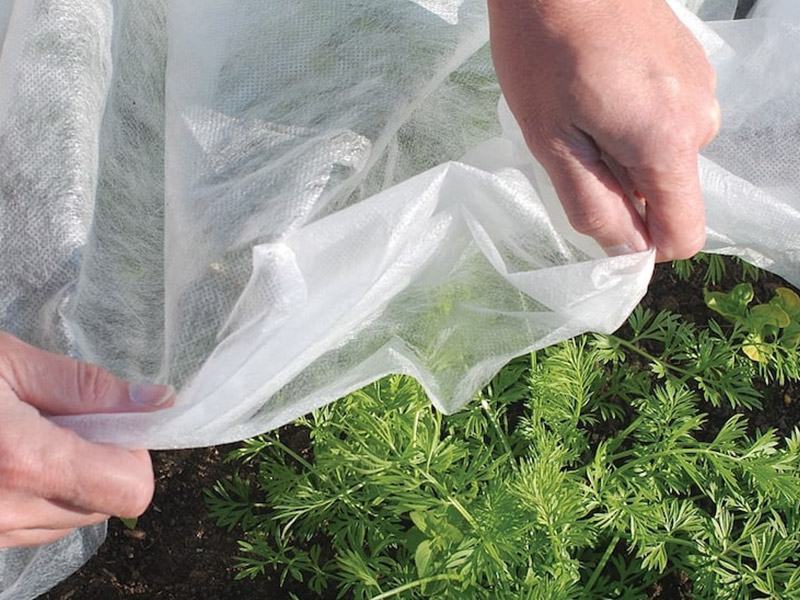
 English
English 中文简体
中文简体 русский
русский عربى
عربى